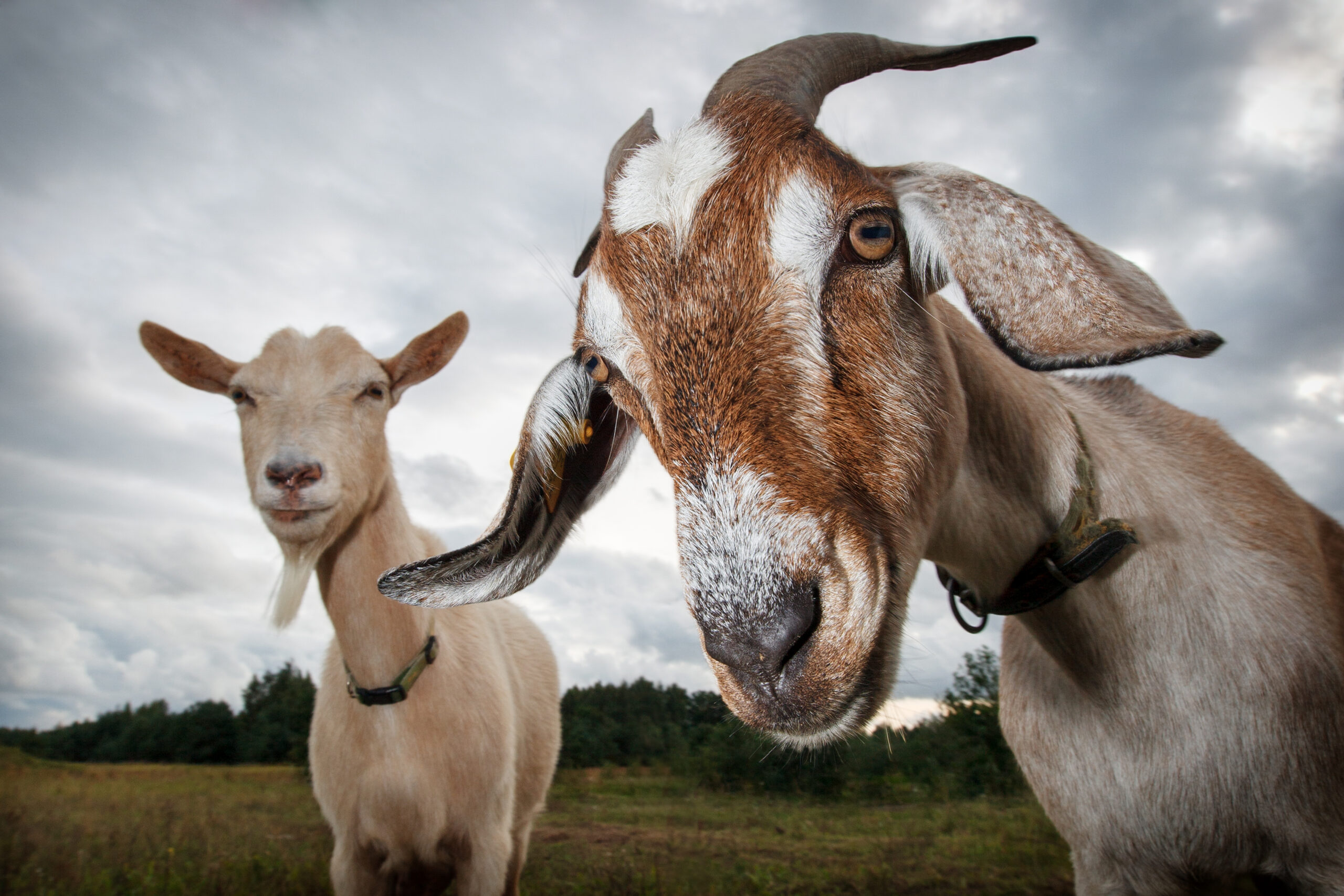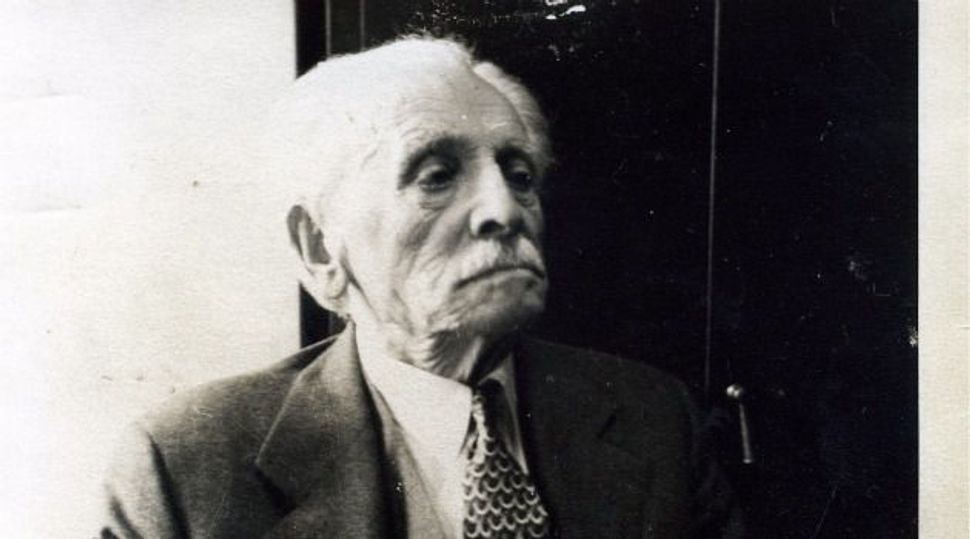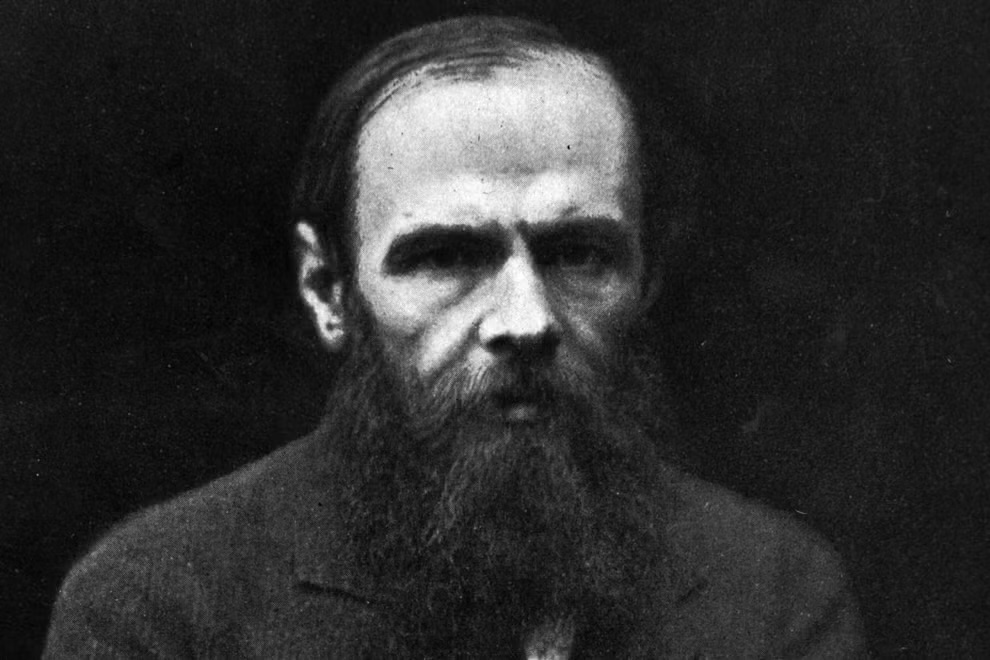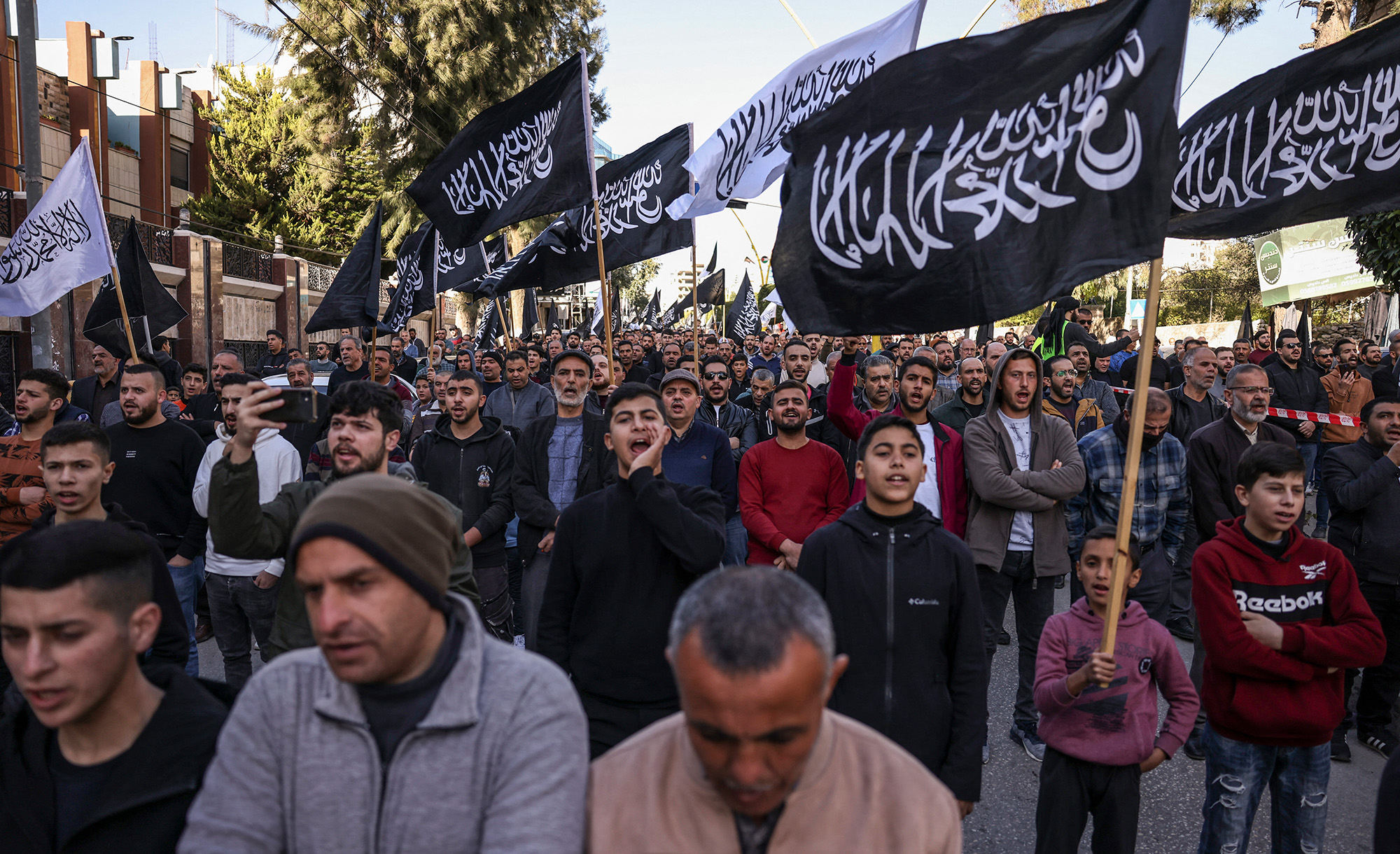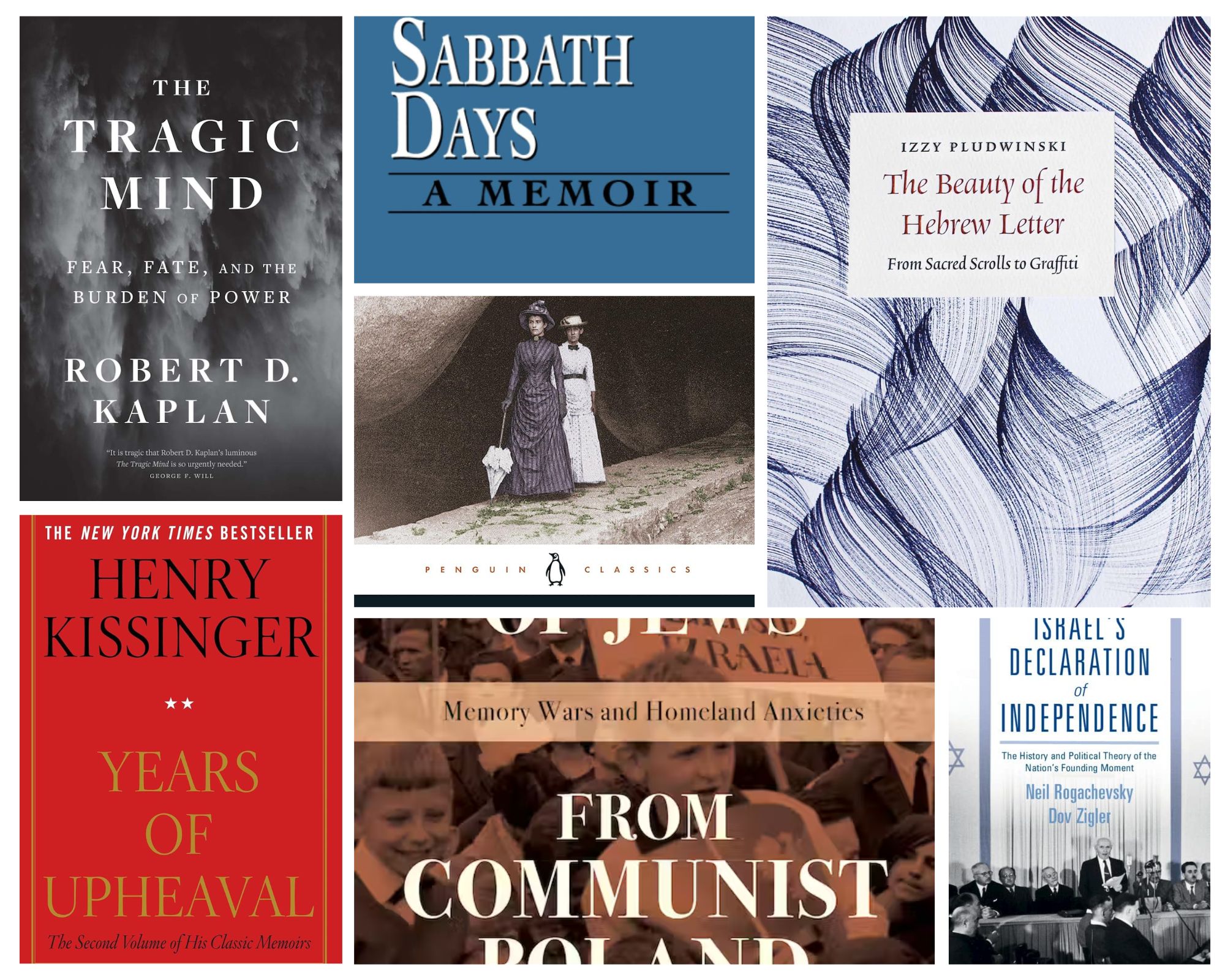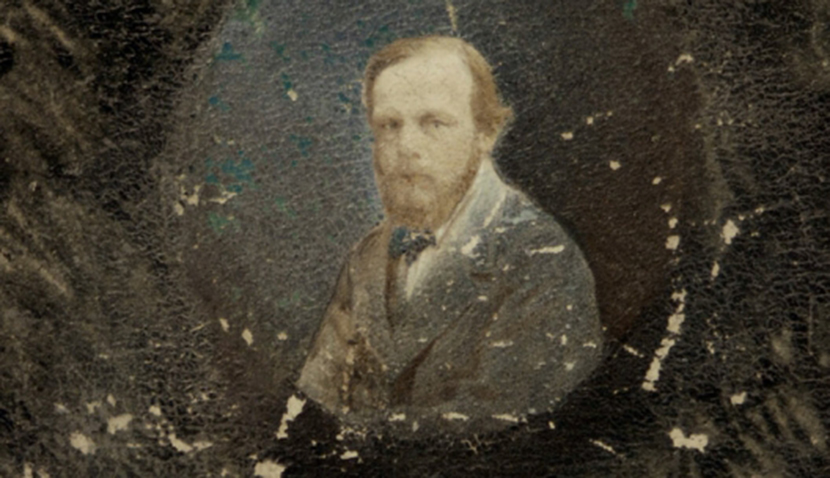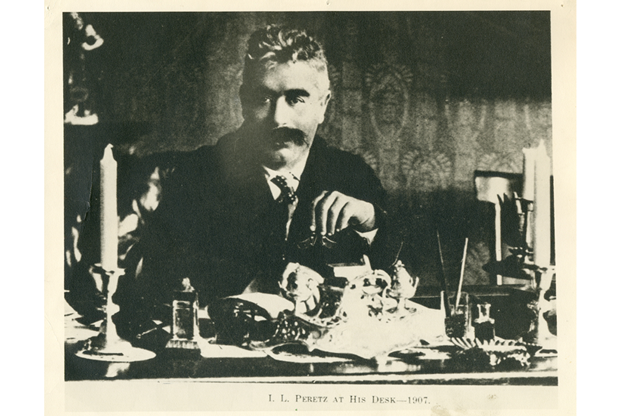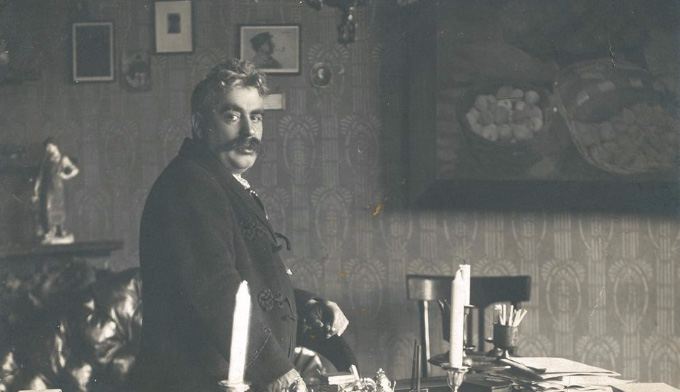Arts & Culture
A visit to Joseph Roth’s hometown of Brody.
For young Americans, online dating has not only replaced the possibility, it’s also made it unappealing.
Hebrew is full of goats these days, and English and French aren’t too far behind. Where’d they all come from?
In many ways, Abraham Cahan was a stereotypically rationalist Lithuanian Jew, able to rein in his emotions and do what he felt right.
Many Dostoevsky scholars have been Jews, perhaps because the anti-Semitic writer needed to be seen as theirs—as almost Jewish in his concerns.
Why Russian Jews believed that reading Dostoevsky would legitimize their place in Russian culture and protect them from accusations of being interlopers.
Featuring fears, fates, burdens of power, memory wars, Sabbath days, Russian writers and timeless questions, years of upheaval, Japanese Jews, and more.
Featuring prime ministers, kidnappings, popes, silences, exiled shadows, portraits, intellectual origins, the best minds, and more.
That’s why geniuses like Dostoevsky can love all humanity and hate the Jews.
The long-running case of the word for private detective can finally be considered closed.
The case of the literary master helps explain why people who devote themselves to compassion for all so often make an exception for Jews.
In the wake of the Yom Kippur War, the words yom kippur shel, “the Yom Kippur of,” have referred in Israeli speech to any debacle that might have been prevented by better judgment.
The only Jewish personality who ranks with the Yiddish writer Y.L. Peretz was Herzl, who devoted himself to a similar task in the political domain.
The great Yiddish writer envisioned an unbroken transmission of Jewishness through the generations, from biblical prophets to talmudic sages to literary giants like Heine—and himself.

